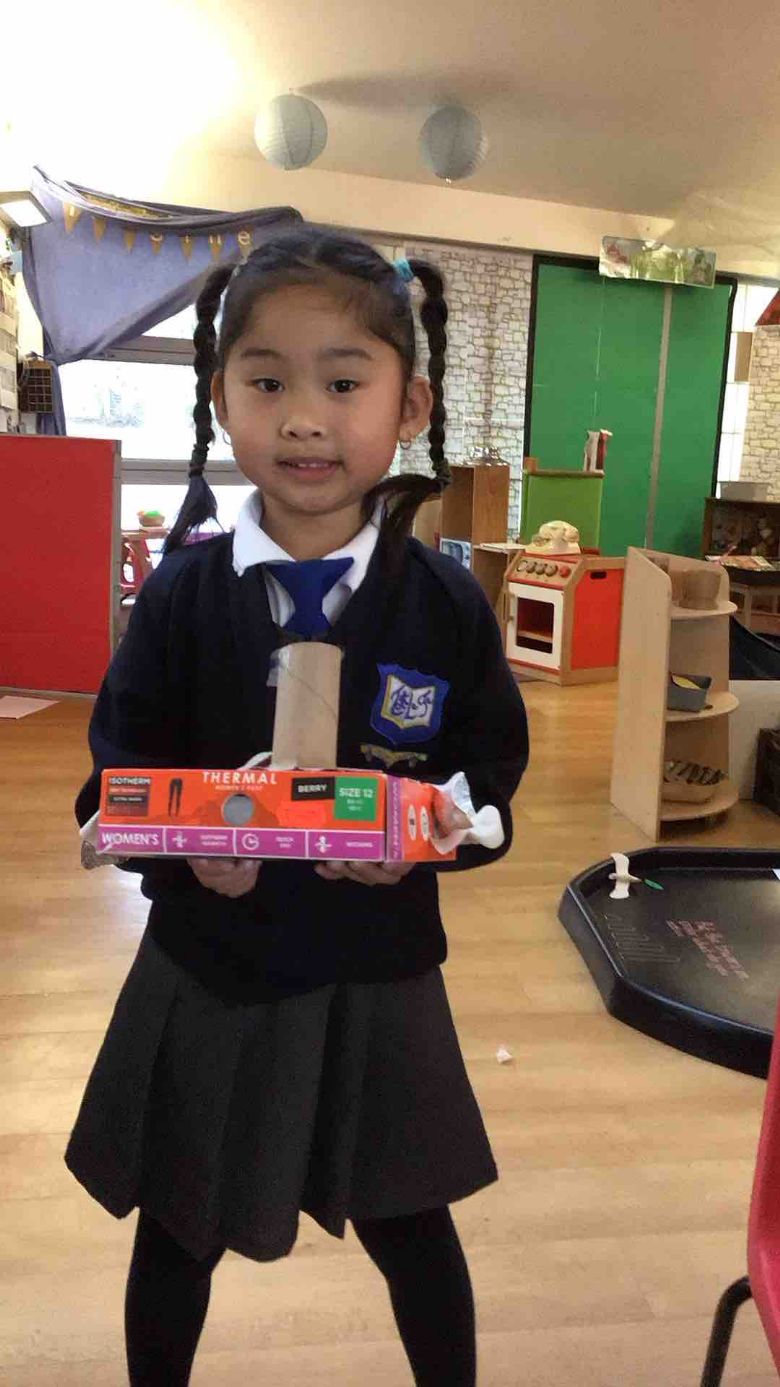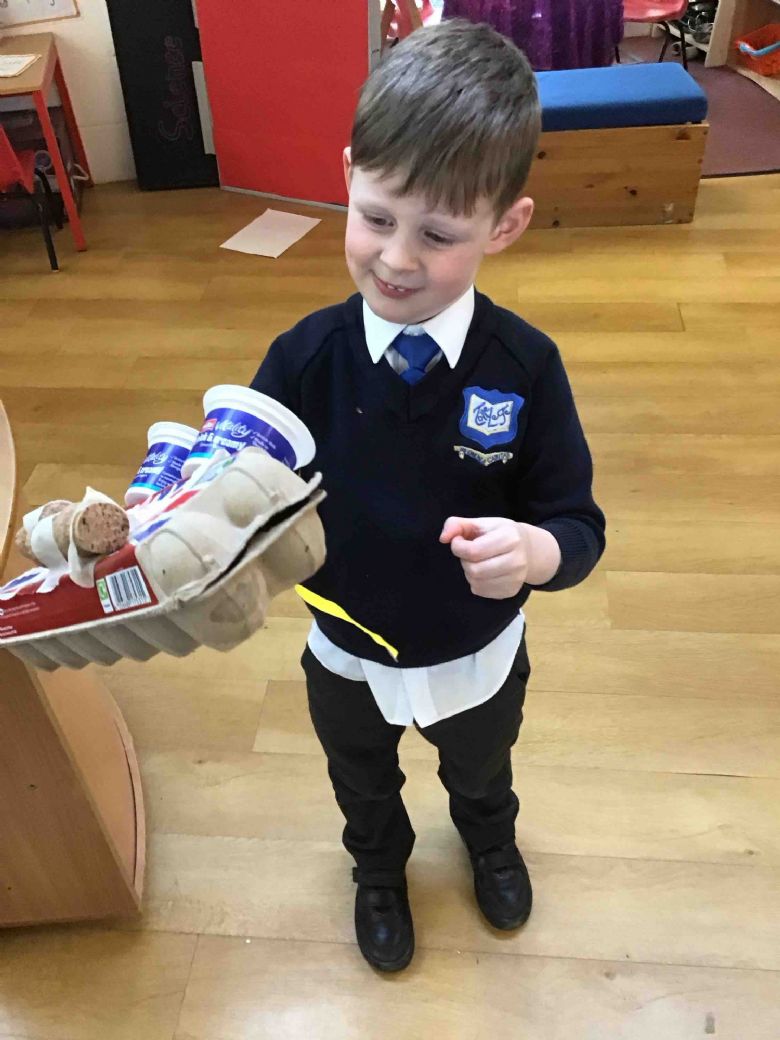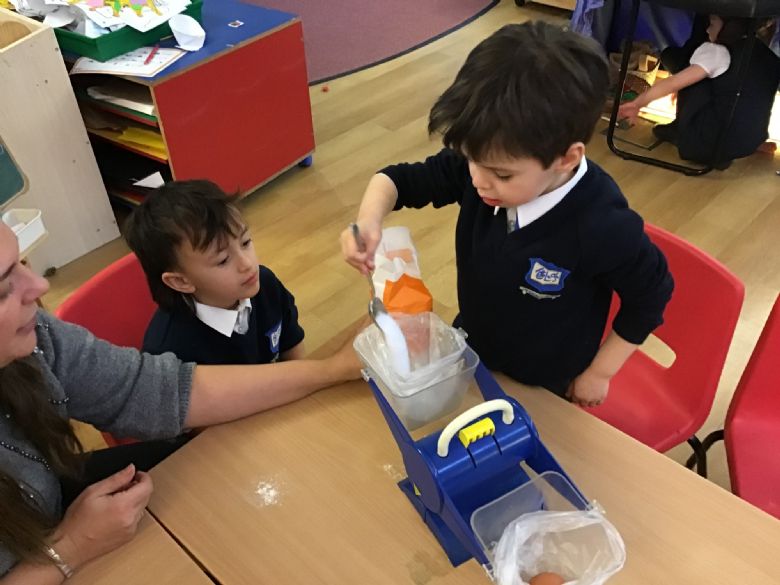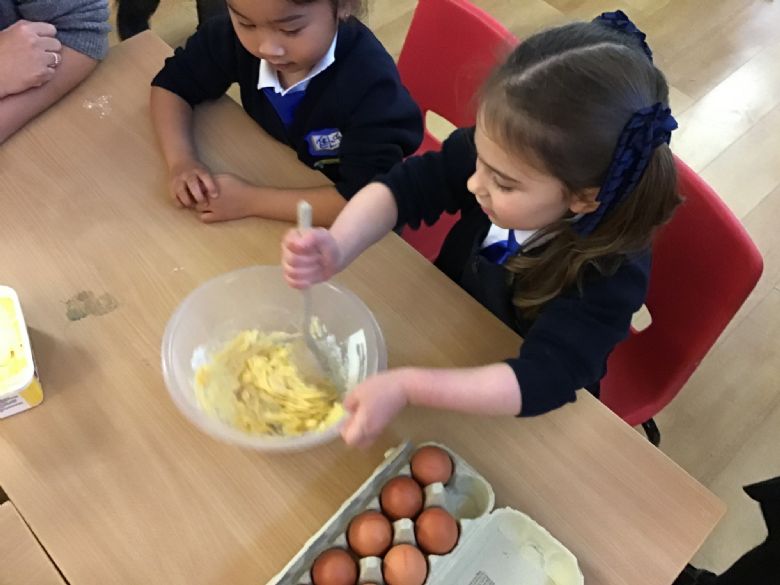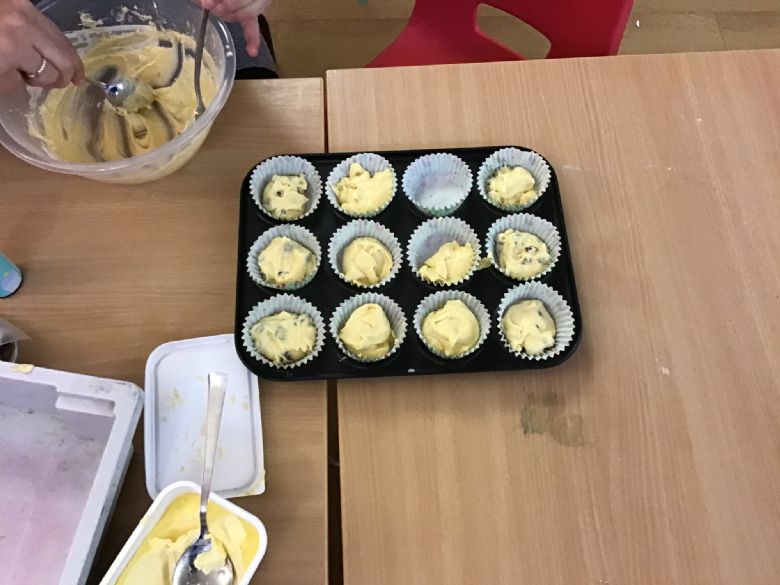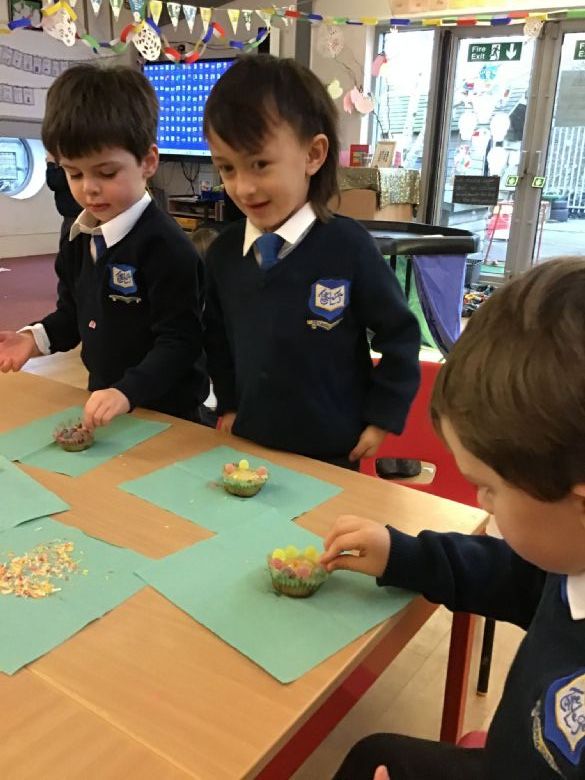Design and Technology
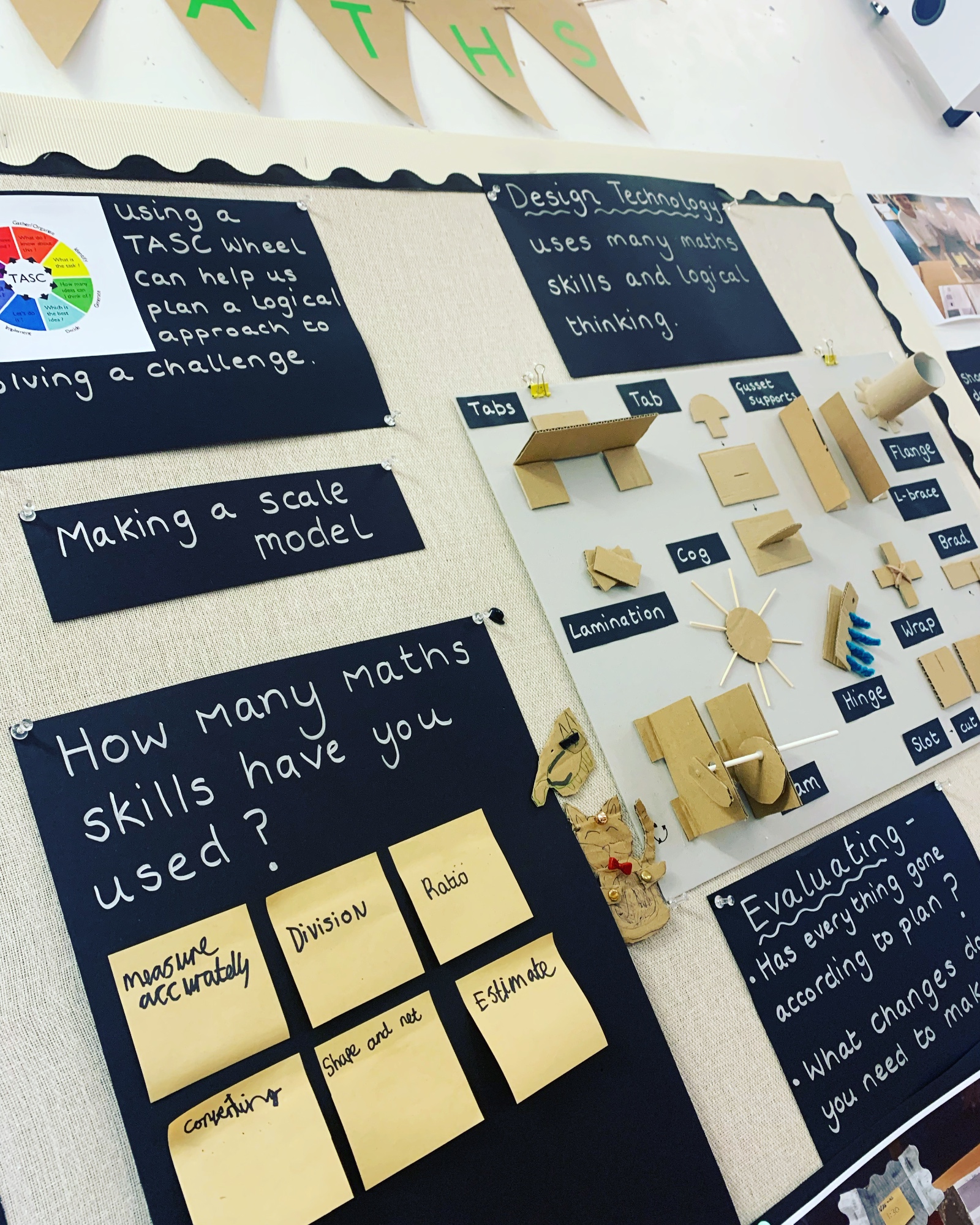
"He has filled them with skill to do all kinds of work as engravers, designers, embroiderers in blue, purple and scarlet yarn and fine linen, and weavers - all of them skilled workers and designers."
Exodus 35:35
Intent:
At St Augustine’s Catholic Primary School design technology is fully inclusive of every child. Our aims are to fulfil the requirements of the National Curriculum for design technology, provide a broad and balanced curriculum and ensure the progressive development of knowledge and skills. We aim for pupils to learn through taking risks, becoming resourceful, innovative, enterprising and capable global citizens. Through the exploration and evaluation of past and present design technology, children will begin to develop their understanding of the ‘bigger’ picture and how technologists shape and impact daily life and the wider world. We aim to give pupils the skills and knowledge to participate in an increasingly technological world using the language of design and technology.
The aims of design technology teaching in our school are:
- To enable children to develop creative, technical, and imaginative thinking alongside the confidence to participate in an increasingly technological world.
- To enable children to talk about how and why things work and develop their technical knowledge.
- To enable pupils to apply their growing knowledge and understanding in order to design and make items that take into account person, problem, and purpose.
- To encourage children to select and use tools and techniques appropriately when making a product.
- To instill a sense of health and safety when engaged in tool use.
- To develop an understanding of technological processes and products, their manufacture and contribution to society.
- To foster a sense of enjoyment, satisfaction, and wonder in the purpose of designing and making.
- To enable children to understand the process of evaluation, trial and error, and testing in relation to their own design and making process.
- To understand and apply the principles of good nutrition and food handling practices.
- To enable children to engage in a variety of cooking and food preparation activities.
Implementation:
The Design and Technology National Curriculum outlines the three main stages of the design process: design, make, and evaluate. Each stage of the design process is underpinned by technical knowledge, which encompasses the contextual, historical, and technical understanding required for each strand. Cooking and nutrition has a separate section, with a focus on specific principles, skills, and techniques in food, including where food comes from, diet, and seasonality.
The National Curriculum organises the Design and Technology attainment targets under five subheadings, or strands:
- Design
- Make
- Evaluate
- Technical knowledge
- Cooking and nutrition*
Through using Kapow Primary’s Design and Technology scheme, we have a clear progression of skills and knowledge within these five strands across each year group.
Our Curriculum overview shows which of our units covers each of the National Curriculum attainment targets as well as each of the five strands.
Our Progression of skills shows the skills that are taught within each year group and how these skills develop to ensure that attainment targets are securely met by the end of each key stage.
Through the scheme, pupils respond to design briefs and scenarios that require consideration of the needs of others, developing their skills in six key areas:
- Mechanisms
- Structures
- Textiles
- Cooking and nutrition (Food)
- Electrical systems (KS2) and
- Digital World (KS2)
Each of our key areas follows the design process (design, make, and evaluate) and has a particular theme and focus on the technical knowledge or cooking and nutrition section of the curriculum. The scheme is a spiral curriculum, with key areas revisited again and again with increasing complexity, allowing pupils to revisit and build on their previous learning.
Lessons incorporate a range of teaching strategies, from independent tasks to paired and group work, including practical hands-on, computer-based, and inventive tasks. This variety means that lessons are engaging and appeal to those with a variety of learning styles. Differentiated guidance is available for every lesson to ensure that lessons can be accessed by all pupils and opportunities to stretch pupils’ learning are available when required. Knowledge organisers for each unit support pupils in building a foundation of factual knowledge by encouraging recall of key facts and vocabulary.
Strong subject knowledge is vital for staff to be able to deliver a highly effective and robust design and technology curriculum. Each unit of lessons includes multiple teacher videos to develop subject knowledge and support ongoing CPD.
Impact:
At the end of each unit, the children take part in a quiz to measure their understanding of the topic. The results of the quiz inform future planning, intervention, and support for pupils that need it, as well as indicate a readiness to move forward. The quizzes take place alongside regular formative teacher assessments as the children learn.
By the end of their school journey, all children will have had the opportunity to engage fully in the design, production, and evaluation cycle of a range of products, all within the National Curriculum stipulated key areas.
Food technology
Designing, making and decorating cupcakes in EYFS
Digital world
Accordion content
Electrical Systems
Accordion content
Textiles
Accordion content
Mechanisms
Accordion content
Structures
Making models in EYFS.

